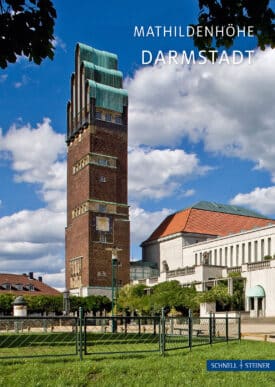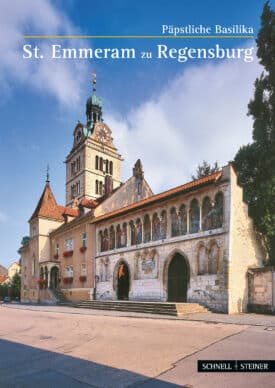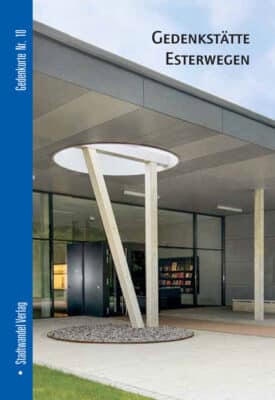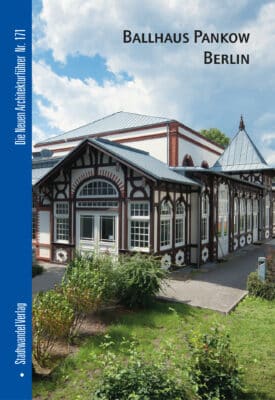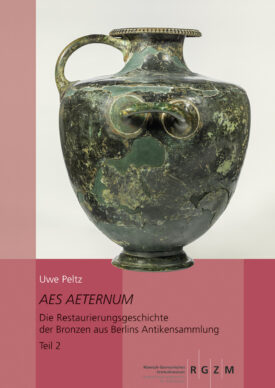History of the site Voßstraße is located north of Leipziger Platz and connects Wilhelmstraße to the east with Ebertstraße and the Beisheim Center near Potsdamer Platz to the west. It was developed in 1872 and is named for the infantry general Count von Voß-Buch, who lived here in a splendid villa and allowed part of his grounds to be used for the development of a connection between Wilhelmstraße and what was then Koeniggraetzer Straße. At that time the city was trying to find a connection to the quickly developing urban life around the Potsdam Railroad Station, opened in 1838. Voßstraße also marks the border of the quiet suburban part of this district, which had been settled only during the eighteenth century, part had been used for agriculture until the demolition in 1865 of the city wall near today’s Potsdamer Platz. While Potsdamer Platz, at the intersection of important roads and the location of the first railway station in Berlin, developed into a traffic junction, the neighborhood of Leipziger Platz established itself as a coveted residential area, popular especially with rich industrialists, members of the nobility and high-level civil servants. Their villas and town houses transformed the formerly rural area into a densely built-up but posh quarter. A Jewish banker, Friedrich Meyer, owned the property at 16 Voßstraße. His eighteenth-century home, an elegant generous palatial house in the style of the Italian Renaissance, held both his family’s living quarters and the offices and business premises of his bank. After his death, a cousin took over the business, and his son, Richard, a philologist, established a popular and much frequented salon in the family home. Here met not only intellectuals and artists but also industrialists and bankers for animated conversations.
Gesamtmetall Villa Voß Berlin
History of the site Voßstraße is located north of Leipziger Platz and connects Wilhelmstraße to the east with Ebertstraße and the Beisheim Center near Potsdamer Platz to the west. It was developed in 1872 and is named for the infantry general Count von Voß-Buch, who lived here in a splendid villa and allowed part of his grounds to be used for the development of a connection between Wilhelmstraße and what was then Koeniggraetzer Straße. At that time the city was trying to find a connection to the quickly developing urban life around the Potsdam Railroad Station, opened in 1838. Voßstraße also marks the border of the quiet suburban part of this district, which had been settled only during the eighteenth century, part had been used for agriculture until the demolition in 1865 of the city wall near today’s Potsdamer Platz. While Potsdamer Platz, at the intersection of important roads and [...]


